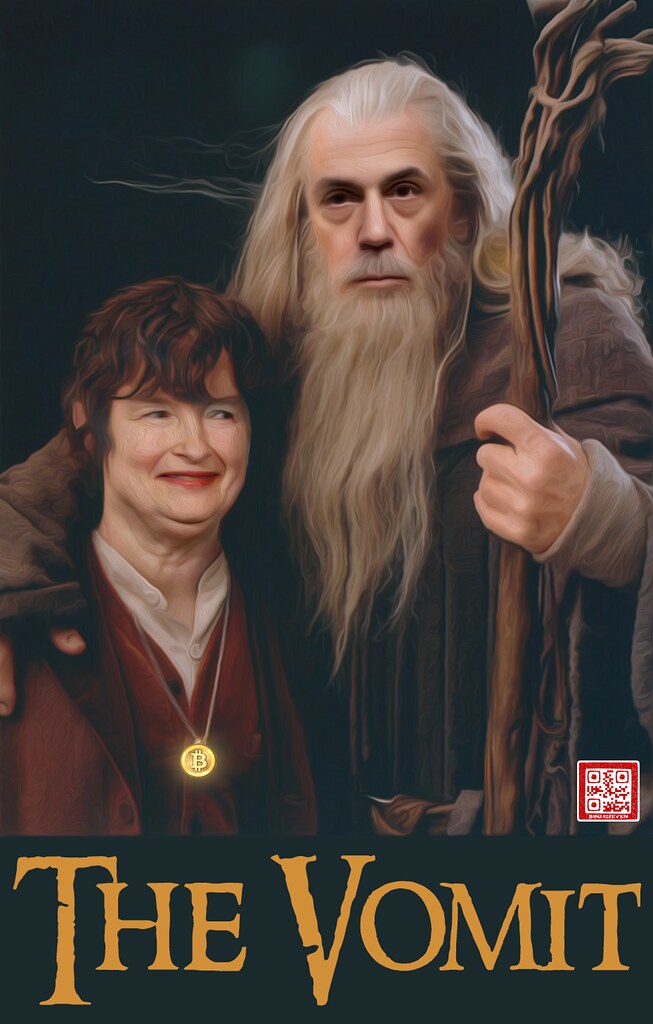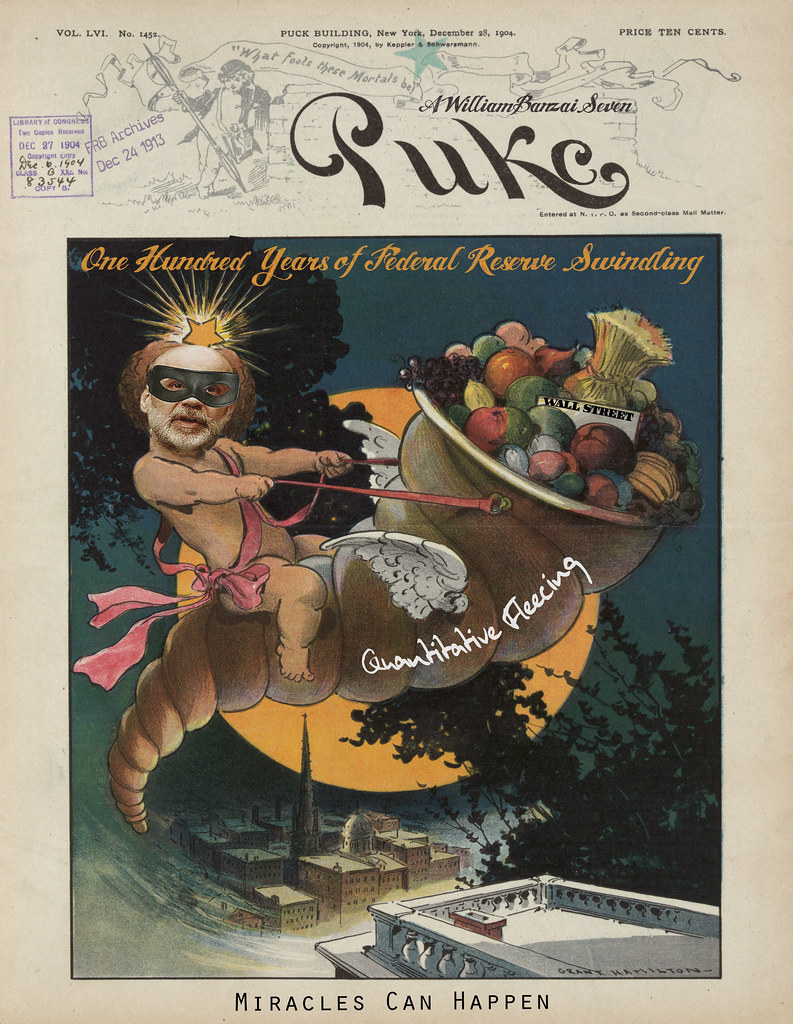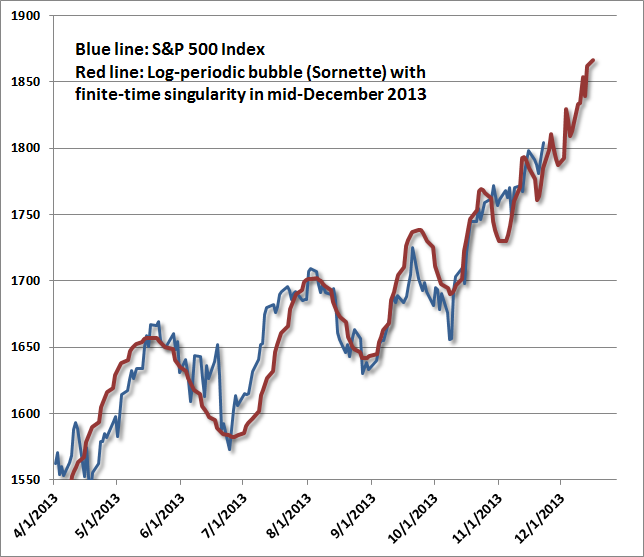The macro picture remains largely unchanged. Janet Yellen is expected to lead the Federal Reserve into a new phase by beginning to taper its long-term asset purchases early next year. The ECB is expect to move in the other direction, leaning against the tightening of financial conditions and the disinflationary forces. Although deflation appears to be being beaten back by the aggressive monetary policy by the Bank of Japan, in the face of capital gains and retail sales tax hikes, many expect the BOJ to have to do even more to achieve its 2% core (excludes fresh food but includes energy) inflation target.
Growth in the world’s second large economy, China, appears to have downshifted, but at 7.5% (Q3) or 7.8% (consensus for Q4), it is still among the fastest growing economies. To round out the five largest economic regions, the recent data shows that the German economy has recovered from the slowdown earlier this year, though at a little more than 1%, its growth is unimpressive. Even this overstates German demand contribution, as its exports about 40% of what it produces.
Within this general macro view, the fundamental picture has become more nuanced. The week ahead may be the last of the jam packed weeks of the year, assuming that our view that the FOMC (Dec 17-18) does not announce any new initiatives at what we suspect may be Bernanke’s last meeting as chair (even though his term extends until the end of January).
Five central banks from high income countries meet next weeks: Australia, Canada, Norway, Britain and the euro area. On balance, none are expected to announce a change in policy. That said, if there is a surprise, it would most likely come from the ECB. Since Draghi has taken the helm, he has surprised the market more than once by his aggressiveness in easing policy (recall the rate cuts at the first two meeting he chaired, OMT, and even the latest rate cut). However, the early estimate showing an uptick in inflation, we suspect the ECB wants to consider more its next step, which could include bringing the repo rate to zero, which might also have the benefit of slowing the LTRO borrowings, where the rate is tied to the repo rate.
Although many observers write as if forward guidance was recently discovered, we would argue this tool has been around for some time and has many forms. One such form will be the ECB staff forecasts. That these are staff forecasts are important. They are not owned by the policy makers, as they are at the Federal Reserve, but by the staff. However, we expect that the updated forecasts will be one of the key highlights of this week’s ECB meeting. The ECB staff will provide 2015 forecasts for the first time and will like cut the 2014 inflation forecast, which currently stands at 1.3%. The larger the cut, the greater the expectation for a stronger policy response.
While the Reserve Bank of Australia is not expected to change the cash rate which stands at a record low 2.50%, it may still keep the door open to further easing in 2014. The roughly 4% decline of the Australian dollar on a trade-weighted basis since late October, is still insufficient to bring it down to fair value.
The news stream may be dominated by two other events in Australia. First, the Australian government is expected to sell a A$1.5 bln 5-year bond in the nation’s largest sale in two decades. Second, investors are still digesting the implications of the government’s rejection of the ADM bid for GrainCorp. That said, as we noted in our technical outlook, the downside momentum on the Australian dollar looks to be easing and market positioning (illustrated by six consecutive losing weeks) vulnerable to a short squeeze.
The Bank of England meeting itself is not very noteworthy. Barring Carney’s first meeting in July, when the MPC doesn’t do anything, the BOE doesn’t say anything, unlike other central banks. However, there are two the developments in the UK that are noteworthy. First, Carney announced a change in the funding-for-lending scheme (FLS) that is important. Going forward it will be redirected away from mortgages and toward small and medium businesses. It is significant because it appears to be the clearest statement to date that the central bank (and any major central bank, that matter) is concerned about over-exuberance developing in the housing market. Recall that house prices rose 10% in the month of October.
Yet, to call the redirection of FLS an example of macro-prudential policies, as some observers have done, appears to be risking stretching the definition of macro-prudential. To include anything a central bank does outside of interest rate policy seems to dilute its significance. Moreover, it is not clear that this is really an alternative to a rate hike as some have suggested. The implied yield on the Dec 14 and Dec 15 short-sterling futures contracts rose 2.5 and 4 bp since the announcement was made. It is probably better understood as a shot across the bow. Investors and home owners have been put on notice.
Second, Chancellor of the Exchequer Osborne will deliver the Autumn Statement before the House of Commons on Dec 5, the same day the MPC 2-day meeting concludes. He is likely to celebrate the smallest deficit in five years and announce a sharp decline in borrowing requirements for the new fiscal year. In addition to the magnitudes projected, it will be important to see if part of the lower funding needs is offset with some increased spending.
The US employment report at the end of the week is the last data highlight. Its thunder appears to have been stolen to some extent by the ADP release. While some indicators, like the weekly initial jobless claims, show continued improvement in the labor market, broader measures of the labor market have not convinced the FOMC, where despite the dissent that the media plays up, the decision not to taper in Sept or Oct proved nearly unanimous with the one dissenter and a serial one at that.
The trend in private sector payrolls improved recently. The three-month average through October stood at 190k, which was above the six-month average (175k), though lower than the 12-month average (196k). The longer-term average will begin falling when the Q4 12 job growth drops out (private sector non-farm payrolls averaged 232k in Q4 12). The consensus looks for a net 175k private sector job growth in November. Anything below 207k will see the three-month average fall off and below 187k and the six-month average will also fall.
Since the US economy began recovering, it has experienced one quarter every year with growth exceeding 3%. The revisions to Q3 GDP due out the day before the employment data may lift the initial 2.8% estimate to something with a 3-handle on it. The more the upward revision is a function of inventory accumulation, the more economists will expect it to weigh on growth in Q4 and/or possibly Q1 14.
The news stream from the periphery of Europe has been generally favorable. Last week S&P upgraded its outlook for Spain to stable from negative. Over the weekend, Moody’s upgraded is Caa3 rating for Greece by two notches to C, citing the optimism regarding it achieving a primary budget balance this year and a surplus next year. Note that differences between Greece and its official creditors appears to be risking stalling the Troika’s next visit and tranche payment.
Separately, we’ll provide more analysis of it later, but suffice it is to say here in the context of a discussion of the inve
stment climate that actions by the central bank of Italy and Spain recently took measures that will free up funding for at least some banks in their respective countries. The central bank of Italy has proposed (and the ECB looks disposed to approve) that it permit trading of equity in the central bank and pay a dividend to shareholders (out of reserves). Italy’s two largest banks own a little more than 50% of the shares. The dividend will increase its value of the shares, which can be used as regulatory capital. The move can be worth as much as 4 bln euros to Italian banks according to some estimates.
Meanwhile, Spain’s government has taken a bold preemptive move. It will allow Spanish banks to reclassify the deferred tax assets (DTAs), which can be used to reduce a future tax liability, to tax credits. The modest booking keeping move has far reaching implications. DTAs will no longer be able to count toward regulatory capital under the Basel III, but tax credits can, It will reduce the amount of capital Spanish banks would have to raise in lieu of the DTAs. It is worth an estimated 50 bln euros.
Turning to Japan, there two areas in which Japanese businesses are not cooperating with the Prime Minister’s economic agenda. First, businesses have been reluctant to pass along strong corporate profits to employees in the form of higher regular wages. Second, they have been reluctant to boost investment. The capital spending report due early Monday is likely to show an improving trend (3.2% in Q3 from flat in Q2 and -3.9% in Q1) . A Nikkei survey of over 1400 companies found plans to boost spending 13% in the next fiscal year, which would be the most since 2005.
China reported its official PMI was unchanged at 51.4 in November over the weekend. Many had expected weakness because the HSBC preliminary measure slipped to 50.4 from 50.9. The export orders sub-index rose to 50.6 from 50.4, but overall new orders slipped to 52.3 from 52.5. Production also fell. The hoarding of raw materials that seen in the past appears to have ended as stocks of new purchases fell to the lowest level since July (47.8), which many have knock on implications for some commodities, like iron ore and/or copper, for example.
Meanwhile, the scramble to respond to China’s claim of an air defense identification zone around the disputed islands continues. The US, South Korea and Japan are not officially recognizing the legitimacy of China’s claims, though the US has advised commercial flights to notify Chinese officials as requested to minimize the risks of a terrible accident and they have reportedly complied. It is not clear that these heightened tensions will have economic spillover and it is worth monitoring trade flows as this was the channel China used last time to punish Japan over the disputed islands.
From a larger point of view, this is is an attempt by China to assert itself even more in the region. Its challenge is not just over South Korea and Japan’s territorial claim, but to the US as the regional hegemon. Yet on the world stage, China is still clumsy. Its course will negate the good will achieved by the new government in its diplomatic offensive while US President Obama was stuck at home with a closed government.
UK Prime Minister Cameron begins the week in China. Given London’s desire to be an offshore center for renminbi trading and the new investment agreement that will bring Chinese money into the UK’s nuclear power, he will pretend he does not have a dog in that fight. US Vice President Biden will visit Japan, South Korea and China next week to diffuse tensions. However, it is not clear that the new Chinese government can afford to acquiesce, especially given that this dispute is only one of several it has in the region. Instead, it seems more likely that it will claim another airs defense identification zone. Moreover, for a number of reasons, Chinese officials likely will conclude that it can dominate any rung in the escalation ladder that the US is presently likely to take.
This is not a Bay of Pigs scenario. The air defense identification zone is not territory that is defended and they are not legally binding. Japan and South Korea already had announced their own air defense identification zones, which now overlap China’s claim. It seems likely a well-timed probe China. If it brings out Japanese nationalist roots of the Abe government, it will undermine Japan’s ability to form regional coalitions. The US seems war weary and President Obama’s support is near record lows. The domestic issues, like health care and fiscal policy dominate the agenda.







via Zero Hedge http://feedproxy.google.com/~r/zerohedge/feed/~3/hWfKsK-mzRs/story01.htm Marc To Market
![]()













